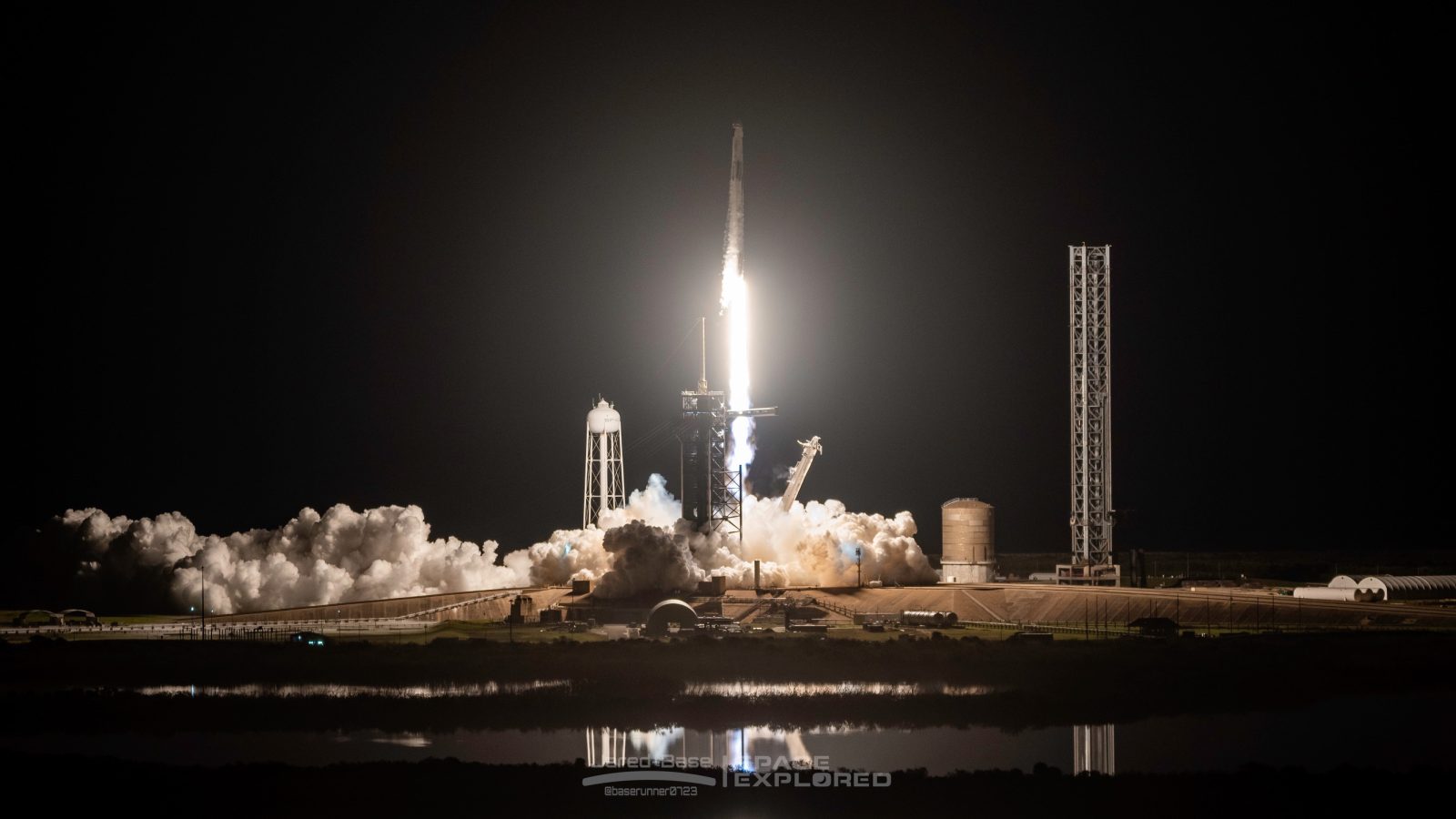
Last night SpaceX launched its Starlink Group 9-3 mission from Vandenberg Space Force base, the mission ended in a failure in the Falcon 9’s second stage, leaving the payloads too low to reach orbit. This mark’s SpaceX’s first inflight failure since 2015’s CRS-7 flight.
On board the Starlink 9-3 mission were 20 Gen 2 mini satellites, including 13 satellites that featured direct-to-cell functionality. Liftoff took place at 7:35 P.M. PT from a foggy launch site with the first stage booster successfully burning its propellent and landing on its droneship, Of Course I Still love You.
While the Falcon 9‘s second stage performed nominally during its first burn, SpaceX states a liquid oxygen leak formed which lead to an RUD (rapid unscheduled disassembly) during the second burn.
SpaceX deployed the 20 satellites after the failed burn and attempted to make contact with them to perform early orbiting raising burns of their electric propulsion system. However, due to the lower than planned orbit and lack of adequate thrust at that altitude, the company doesn’t expect any to make it to orbit.
The Starlink Gen 2 satellites are designed to completely burn up during reentry and pose no safety risk to the population or property on the ground.
The most launched rocket is now grounded
Given the anomaly, SpaceX and the FAA will conduct an investigation into what caused the oxygen leak on the second stage. The FAA will not release the Falcon 9 for another launch until that investigation is complete.
SpaceX had a streak of 325 successful missions before this launch. Its last failure, which was on the ground not in flight, was the 2016 AMOS-6 anomaly that destroyed the newly renovated SLC-40 over at Cape Canaveral Space Force Station. The last inflight loss of a Falcon 9 was the previously mentioned CRS-7 in 2015.
It’s unknown how this will affect SpaceX’s launch manifest for the rest of the year. There are many high profile missions both from private ventures, NASA, and the Department of Defense that are waiting to launch.
Unlike the booster, which is reusable, the second stage is built new for each mission. This grounding effects all Falcon 9 and most likely Falcon Heavy launches as the two share this upper stage design.
However, this won’t effect SpaceX’s Starship rocket, which is preparing for its fifth test flight in the coming weeks from Starbase, Texas.
FTC: We use income earning auto affiliate links. More.




Comments